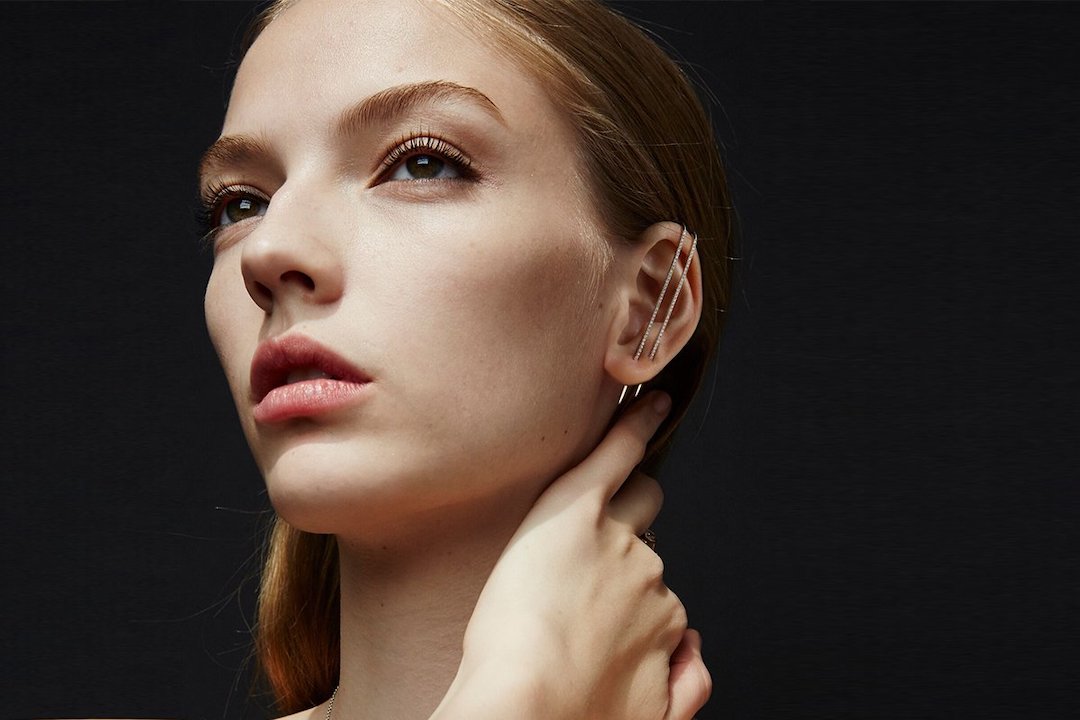Nina Farran didn’t just want to make better fashion choices for herself: she wanted to make sure that fellow shoppers had the tools they needed to easily access the best of ethical fashion, without compromising on style. That’s why Farran started Fashionkind, an online shopping destination that brings together luxury products from hand-selected brands around the world, all sharing an ethos of sustainability. With her keen eye and deep commitment to ushering the fashion industry into a new era that reflects shoppers’ values, from empowering women to supporting LGBT rights, Farran is helping lead the way in turning consumer choices into a force for good. Farran has created a marketplace, but she’s also shining a spotlight on companies that care. The best part? As Farran is proving with Fashionkind, “luxury can and should be synonymous with ethics and sustainability.”
How do you decide what brands to bring in to the Fashionkind fold?
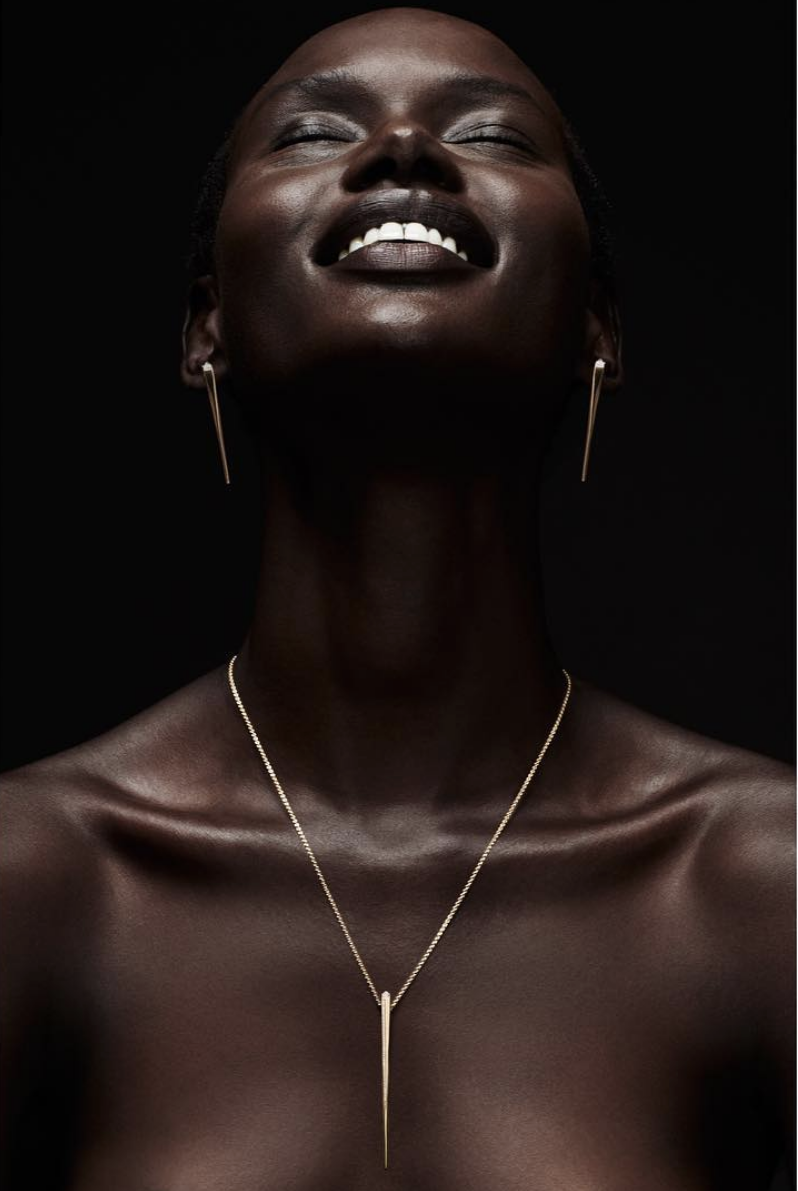
Tejen for Fashionkind.
In an effort to change the dialogue around sustainable fashion, we approach our evaluation process with a fashion lens first and with an impact lens second – what we call The FK Code. This is not in order of importance, but in order of consideration. We take this approach because we firmly believe that if sustainability in fashion is going to become the future – the norm instead of the exception – we must demonstrate that it can be done without sacrificing style, quality, design or fit: four core drivers behind why consumers make purchases
When we are introduced to a brand, we first ask ourselves questions such as: is there a distinct design point-of-view? How are the pieces developed and how do they fit? Are they flattering? Are they designed to last? A quick test is asking, “If we were to see this piece in a magazine or on social media, would we want it without even knowing its story?” The answer must always be yes; the pieces should stand on their own as pieces of fashion.
If a brand meets our fashion criteria, we then evaluate its impact. It’s important to note that impact is not black and white or all or nothing. I’ve found this is a common misconception that in turn makes integrating sustainability into fashion intimidating, and seemingly unattainable, to both designers and consumers alike. Instead, we look for brands that are challenging the way things have always been done; just because things have always been done a certain way does not mean it is the way things should be done. We look for brands with a demonstrated intention to make a positive impact on our world and the people in it. We consider five main categories of impact: people, places, materials, processes and initiatives. The clear majority of our brands meet our criteria in more than one category of impact.
How do you go about discovering new brands and products?
Social media has been a powerful tool to connect with new designers and brands. We discover potential new designers every single day, most commonly on Instagram, which has been a wonderful source of connections, whether it be to brands, collaborators, conferences or individuals. Actually, that’s how we met, isn’t it?! Social media and word of mouth referrals have been the biggest sources for discovering new brands to date.
About a year and a half ago we noticed a clear shift in how we connect with brands. We were originally reaching out to them proactively, but we began receiving more requests to work together than we were sending. That was a rewarding and validating shift. Of course, we will never stop actively researching and reaching out to new brands ourselves. I have a database I’ve built of all the brands we’ve come across, and it is hundreds of brands deep (and counting!).
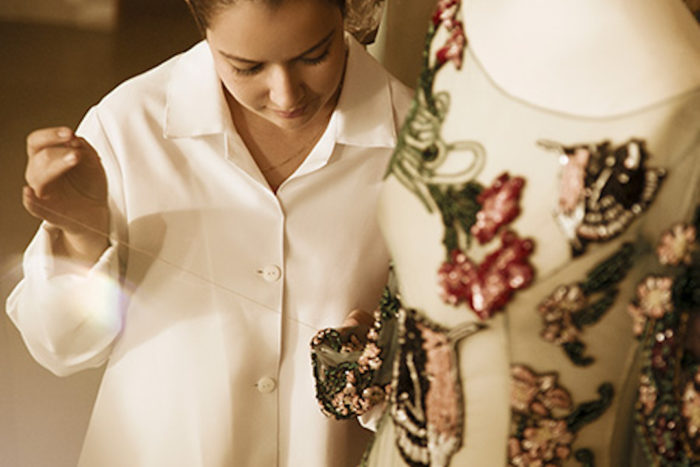
PatBO for Fashionkind.
There’s a common belief that ethical or sustainable fashion must be less “stylish” or fashion-forward. Has it been a challenge to find clothing, jewelry, and shoes that meet your ethical standards — but also match your aesthetic standards?
There are a surprising number of people who still hear the words “sustainability” and “fashion” and immediately think of a hemp sack dress. I think part of the reason it has taken some time for sustainability in fashion to catch on is because initially there weren’t many brands in the space that demonstrated real or desirable style, and this perpetuated the misconception. However, in the last couple years there has been a noticeable surge in the number of brands that are coupling fashion and sustainability without sacrificing style.
We have a healthy pipeline of prospective designers, and the list grows with each day. That said, it isn’t equal across categories; the single hardest category for us is footwear. While we’ve found plenty of footwear designers who are making a positive impact, we haven’t found many who manage to balance this impact with fashion. We have a few we hope to launch with in the new year, but other suggestions are always welcome!
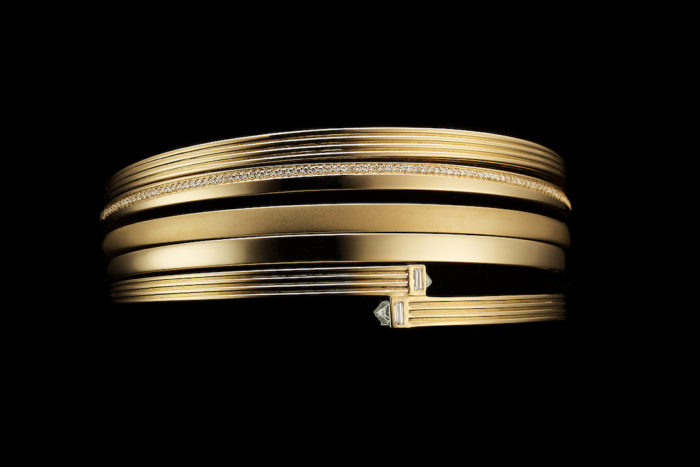
Tejen for Fashionkind.
You’re a longtime humanitarian; you’ve helped build homes in sub-Saharan Africa and developed an impact-investing program for a national investment firm. How did those experiences evolve into founding Fashionkind?
I had a very specific “ah-hah” moment in 2008 that has shaped my journey ever since. While on vacation with my family during my summer break from Penn, I saw a t-shirt that had the symbol of someone making a peace sign, holding up their index and middle fingers, and the palm of the hand was in the shape of Africa. I’ve always felt a very deep connection to the continent of Africa, so I immediately knew I had to learn more about this symbol. I found out it was the logo of a humanitarian fashion brand – OmniPeace – that built schools in sub-Saharan Africa using profits generated from the sale of branded apparel and accessories. This was the first time I saw fashion and impact come together, and while it was a lightbulb moment, it also made complete sense to me. If we were going to continue to create and consume, shouldn’t both be done in a way that goes beyond the piece of clothing itself? I was hooked.
When I returned to Penn that Fall, I realized a college campus was the perfect location for a brand like OmniPeace to thrive. After developing a business plan and sending it to the company’s general info email address, I heard back from the founder and launched the brand on Penn’s campus a few months later. It was an extremely rewarding process and one that taught me a great deal. We ultimately ended up exceeding the performance of any other third party initiative for the brand. Equally as important, it had become clear to me that impact fashion was my passion – and my calling.
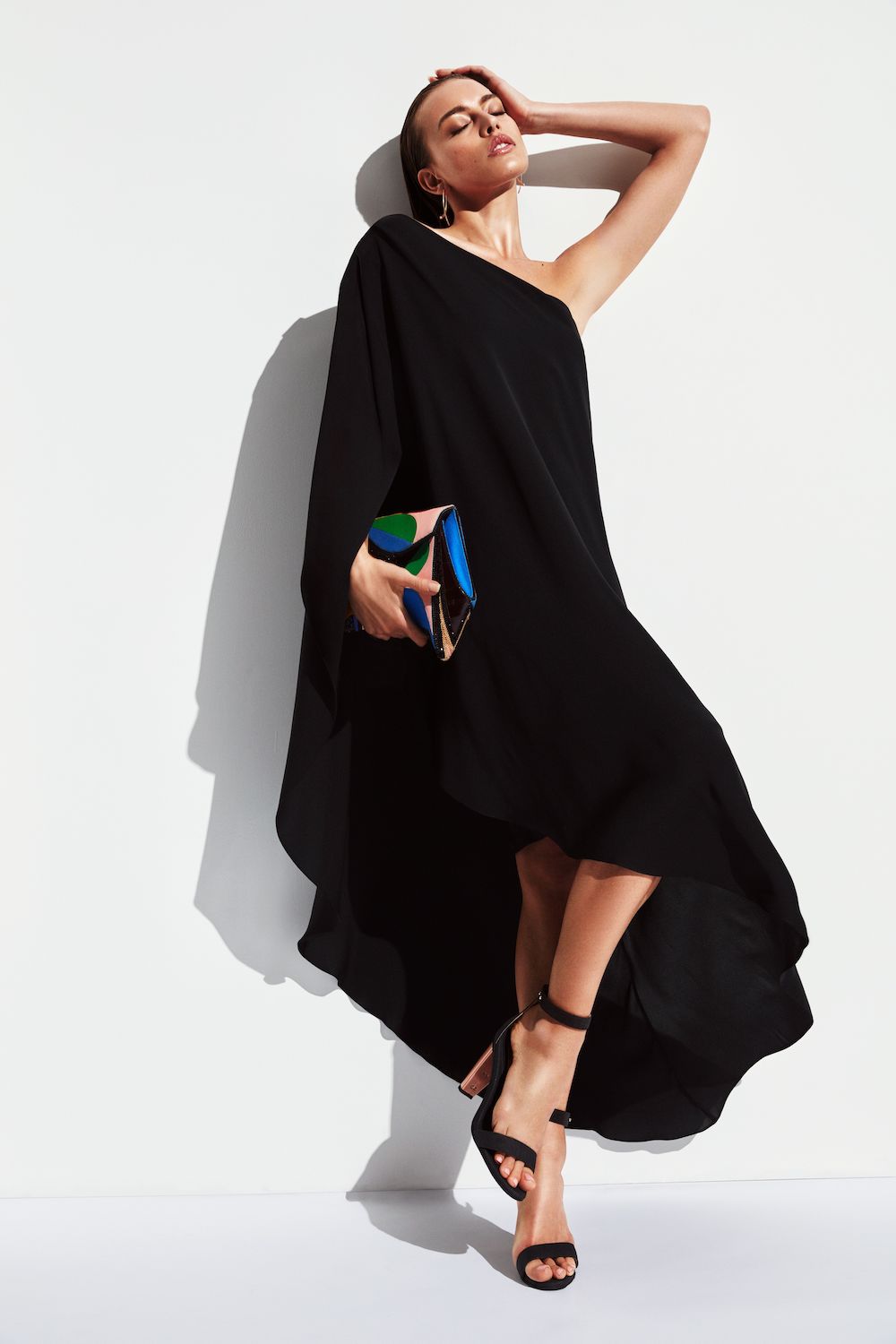
Photographer Andrew Yee for Fashionkind.
I initially thought I wanted to have my own humanitarian fashion brand, because that was the model I knew at the time. I took an internship in LVMH at Donna Karan to get exposure to the mainstream fashion industry, but what I really wanted to learn was what made a company worthy of investment. I knew I wanted to leverage the power of for-profit business to influence change and to set precedents for others in the industry, so I wanted to better understand what made a company successful – or unsuccessful. This is what led me, an English major, to finance.
Immediately after graduating from Penn I started at The Glenmede Trust Company in Philadelphia, where I worked as an Equity Research Analyst covering Consumer Discretionary and Industrial stocks. A couple years later I transitioned to Manager Research. It was during that assignment that I had my second “ah-hah” moment, and this time it was a phrase instead of a symbol on a t-shirt. Impact investing. After learning about the fuel the millennial generation was putting behind impact investing, I approached my boss and suggested we should be focusing on identifying ourselves as leaders in the space in order to retain existing clients and to attract new ones. As with anything I am passionate about, I couldn’t give it up and ultimately led the efforts to successfully initiate, build and launch the firm’s impact investing program. For the first time, clients could construct fully-diversified stock and bond portfolios that aligned with their values.
At the time, it was the height of the invest/divest movement. Everyone was debating whether to invest in the oil and gas industry because of the effect it had on the environment. However, I couldn’t help but notice that I kept reading facts about fashion and its impact on society and the environment, and no one was talking about it. I felt strongly that education had to be injected into the narrative of fashion in order to influence change in how we create and how we consume. Fashionkind was born out of this conviction, launched initially as an educational blog on Instagram with the goal of raising awareness.
Things began to grow organically from there. Followers started asking, “We had no idea how much water fashion uses, but where can we find brands that are thinking differently?” After a deep-dive into the space, I realized that while there were platforms that championed ethical and sustainable fashion, they all lost the fashion side of things. I also identified a growing untapped market: sustainable luxury. And so, Fashionkind.com was born as
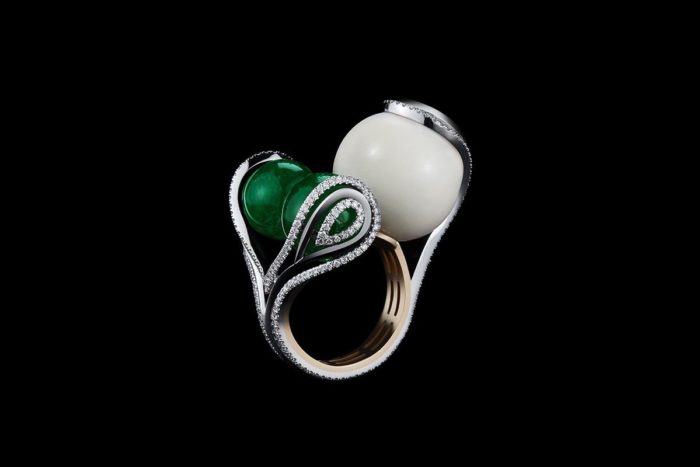
Alexandra Mor for Fashionkind. Photographer: Russell Starr.
Beyond shopping on the Fashionkind site, what else can individual consumers do to turn things around?
I know that Fashionkind isn’t accessible to everyone. This is likely the most common critique I receive, but I welcome it. One of the biggest lessons I’ve learned is that when building a business, you should never try to be everything for everyone. If you do, you will never succeed with anyone. I started Fashionkind with a very specific focus: sustainable luxury. Why luxury? A) given the luxury segment’s demonstrated effect on shaping the industry as a whole, I believe targeting this segment is the way through which I can and will influence the most change and have the largest positive impact in the end. B) there is an untapped – and growing – market of millennial consumers who will be purchasing luxury items and who want to align their purchases with their values. Sustainable luxury is our unique journey.
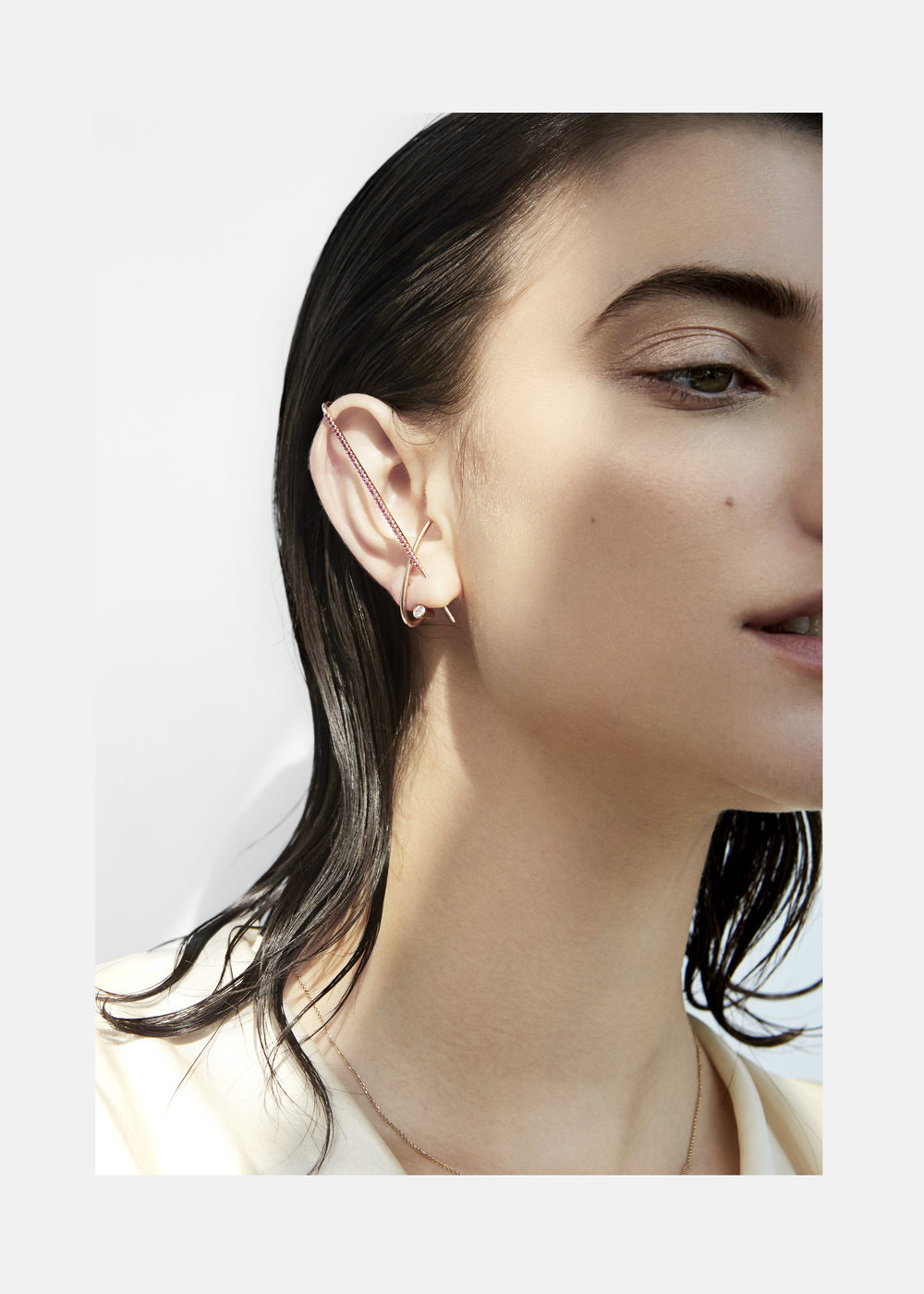
Katkim for Fashionkind.
There are many ways we can all be more mindful about how we consume. Try shifting your mindset from viewing purchases as disposables to viewing them as investments. When you think about purchasing something, ask: “Do I really need this?” “Is it made to last?” “Can I wear it season after season, year after year?” It’s true that consuming this way might mean spending more on individual items than you might otherwise. If you are spending on pieces that are made to last and won’t fall apart after a couple wears, however, it will actually end up being smarter in the long run.
On that note, some of my favorite pieces are those that I can wear many different ways throughout the year. Lately I’ve been living in my Mi Jong Lee Robe Dress, because I can wear it over jeans and a tank top for a fall date night, with tights and heels for a winter party, or with a sundress and flats on a warm summer evening. I love pieces that don’t have to be put away when the seasons change. Those are the ultimate closet essentials.
One of the inherent issues with the amount we consume is the amount we end up throwing away, which ultimately ends up in landfills. So, when you think you’re ready to let go of a piece, think about listing it on a second-hand site or having a swap party with friends before you head for the trashcan. If your favorite jeans rip, think about taking them to a tailor to repair them, or finding a funky patch you can use to cover the hole, or turning them into jean shorts. Get creative!
I strongly believe fashion can – and will – change the world. As consumers, we have the ability to influence this change with every purchase we make (or don’t make). This is a movement. We are honored to have you on our journey.

